Flights and favorite turf photos of 2024
This is one of my favorite posts to put together each year. I looked through my turf photos from 2024 and chose these as favorites.
First, however, the flight map, which I like to do to remind myself where I went in the past year, and how far I traveled to get there. Click any of these photos to enlarge them.
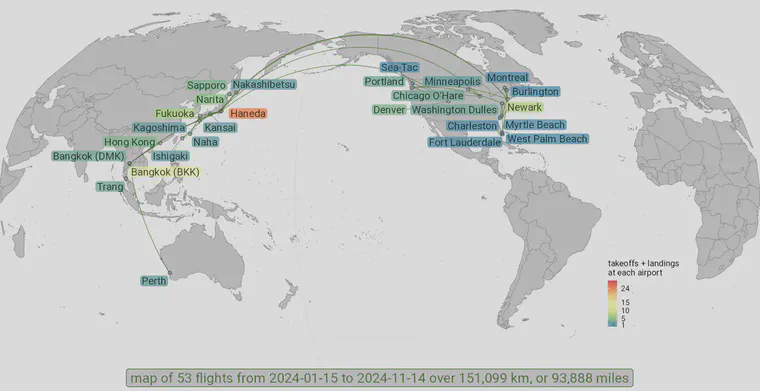
In 2024, I took 53 flights, covering 151,099 km. That compares to 76 flights over 228,000 km in 2023, and 71 flights over 221,000 km in 2022.
Now for the photos. I’ve added a little commentary about each one. I’m choosing a few photos out of thousands, and these are favorites because of the way they make me feel, or what they remind me of. I’m a selection committee of one, choosing photos that I especially like as I look back over the year.
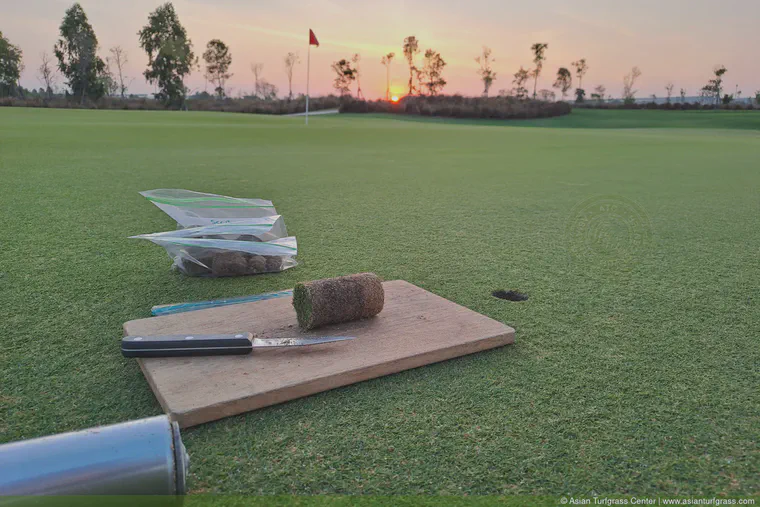
I was up before sunrise one morning to collect soil samples at a fine course in Bangkok. Most of my soil testing clients collect the samples themselves. When I happen to be able to get the samples myself, and when the weather is this fine, and the turf this good, I really enjoy it.
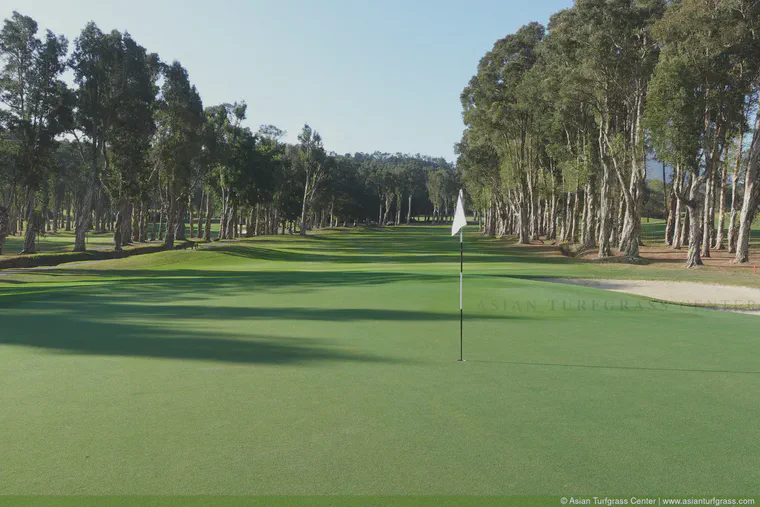
I went to Hong Kong Golf Club in January, and then spoke at a South China Turf Managers Association (SCTMA) meeting at Clearwater Bay. I did a project for Hong Kong Golf Club more than fifteen years ago to evaluate grass species, varieties, and soil conditions, and for that project I made multiple trips to Hong Kong each year for a few years. I hadn’t been for a while, and this trip brought back many fond memories.
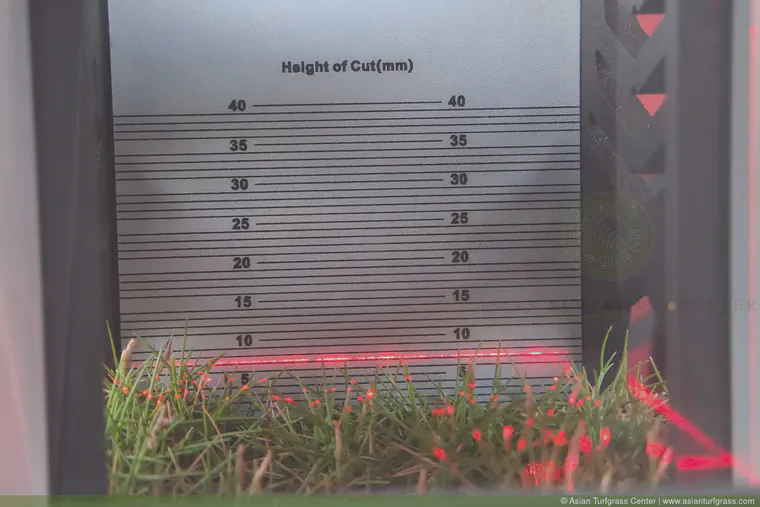
At the SCTMA meeting, Alexander Grengs asked me if I’d like to see the laser height of cut gauge that he invented. I really like this tool. If you’ve ever used a prism effective height of cut gauge, you know that where your eyes are in relation to the scale has a huge effect on what height of cut you’ll read. The plane of light from the laser identifies the top of the canopy, and does a heck of a job finding stragglers too, those grass blades that didn’t get cut.
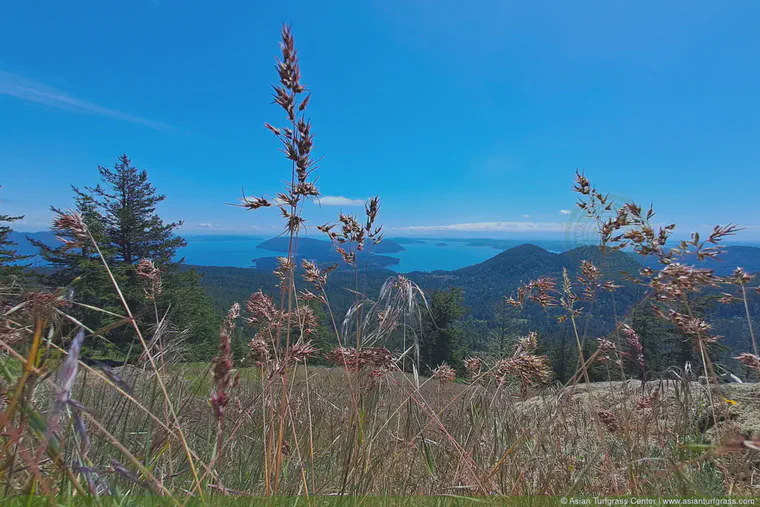
Tom Cook gave me a splendid book, Field Guide to the Grasses of Oregon and Washington, when I visited him in Corvallis. I used the book to identify a few species on a subsequent visit to the San Juan Islands, including finding the unique Poa bulbosa at multiple locations.
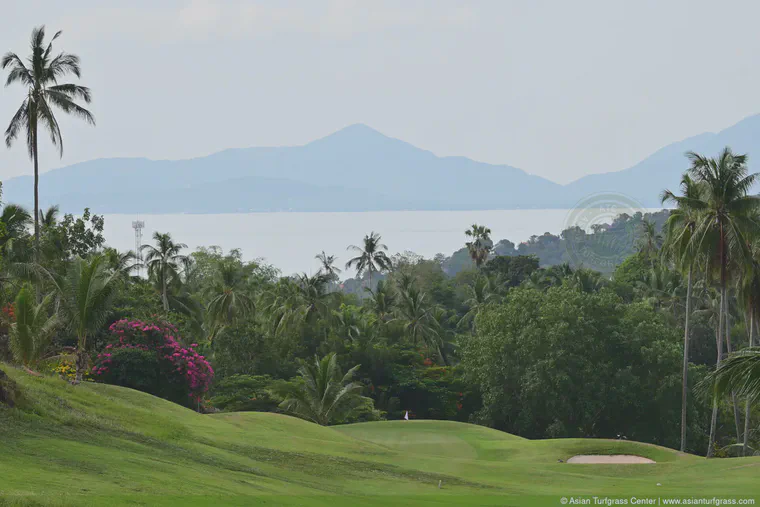
I first visited Ko Samui more than 20 years ago, when there was no golf course there. I went back when the Santiburi Samui course was just finishing construction, and I’ve been back many times to watch and study the grasses. The course was planted to seashore paspalum, and then changed to Cynodon, and now is dominated by Zoysia. Every time a visit Samui I try to make a visit to check the species composition.
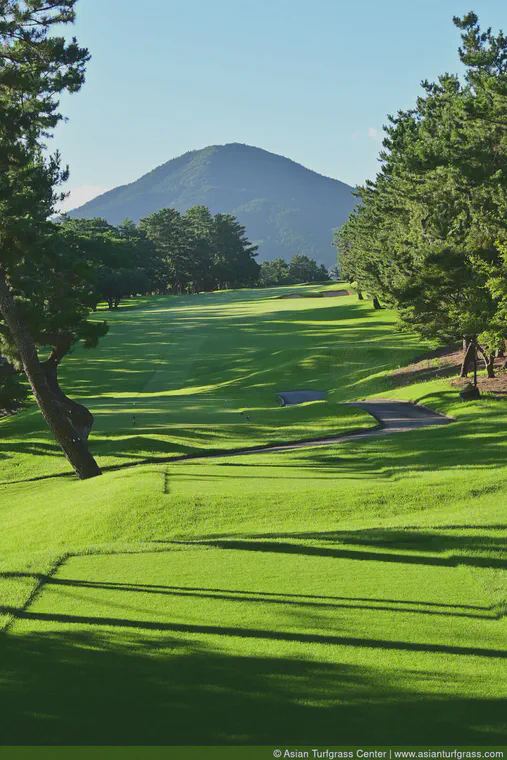
I visited Keya Golf Club in July and told the golf course superintendent, Andrew McDaniel, that I would wait about a week for him to inform me that it was hot, no rain in sight, and that the irrigation couldn’t keep up with demand on this sandy site.
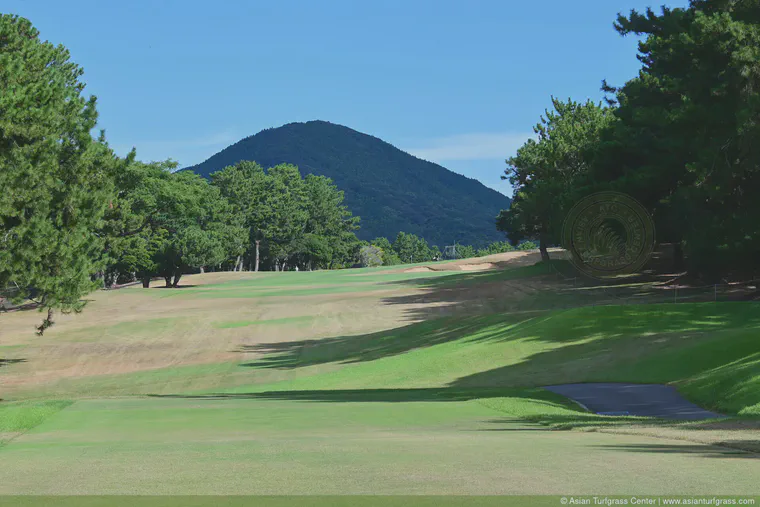
After a month with high temperatures and no rain, the Zoysia on this hole takes on a different appearance, despite regular irrigation.
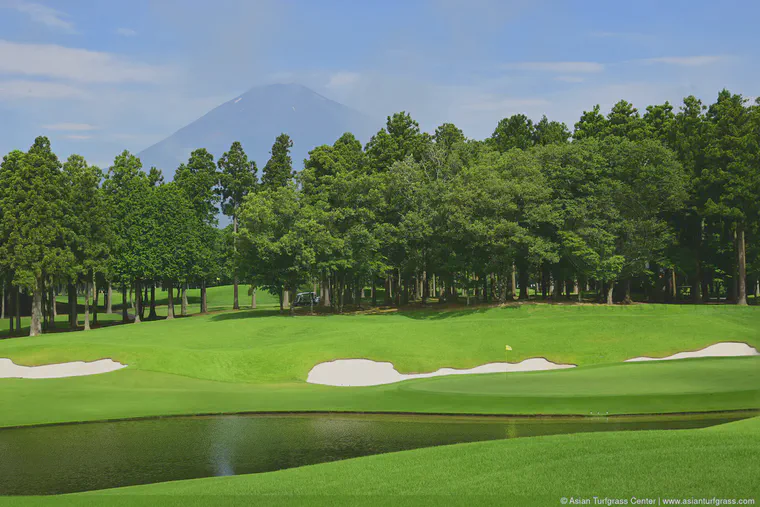
I made my first visit to this course in August 2001, on a humid summer day with no view of Mt. Fuji. Twenty-three years later, I visited on another, less humid summer day, and this time I did catch a glimpse of the famous mountain.
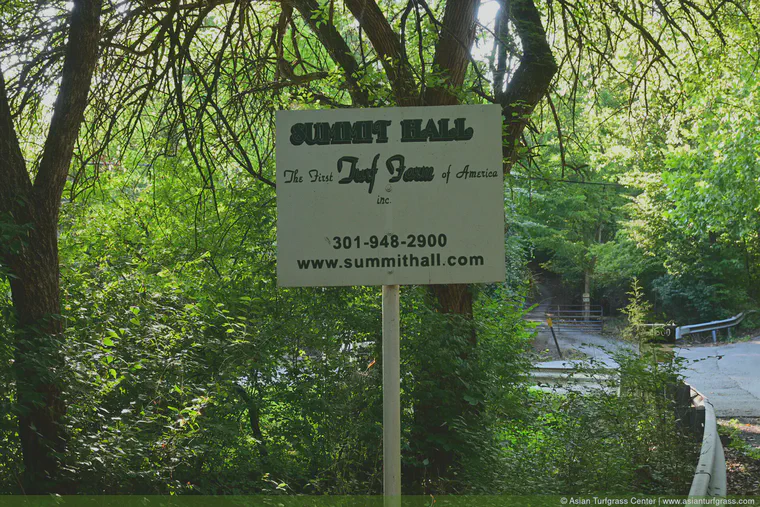
I was driving down a country road, saw signs for this farm, and got as far as the gate. It was a weekend, and the farm was closed, but it was still cool to see this farm that may have been the first producer of zoysia sod in the USA.
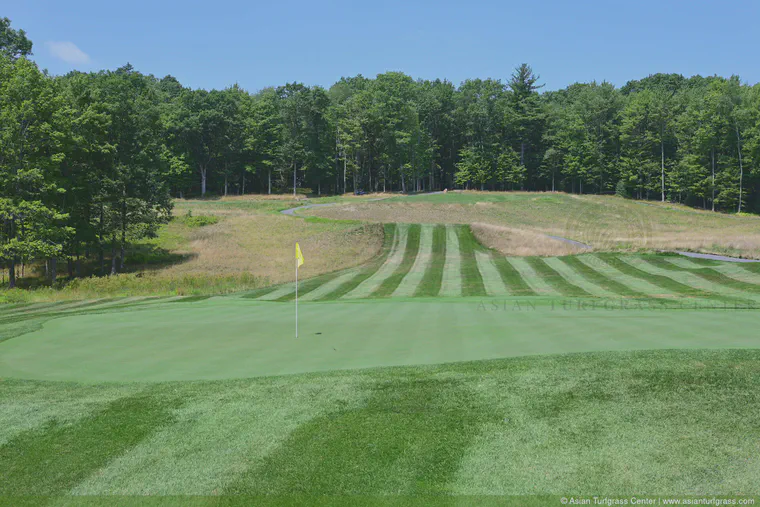
I went to Thousand Acres (at Deep Creek Lake, Maryland) twice in 2024. This course is well worth a visit to see the Poa annua free greens and to contemplate the influence of P fertilizer on Poa annua competitiveness. Watch this video from a visit in spring to see and hear more about this.
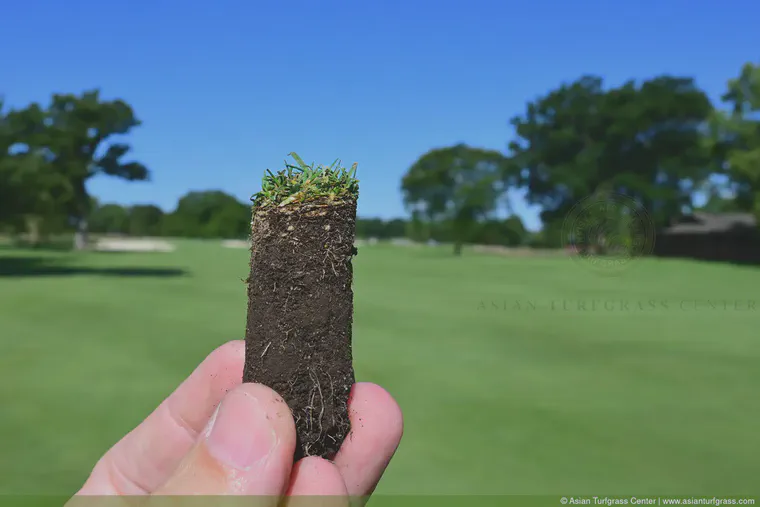
I visited Dan Dinelli at North Shore Country Club in Chicago and the fairways that famously are topdressed with compost—no sand. This is a terrific soil for golf and for grass, with firmness, porosity, a lot of roots, water-holding, nutrient supply, etc.
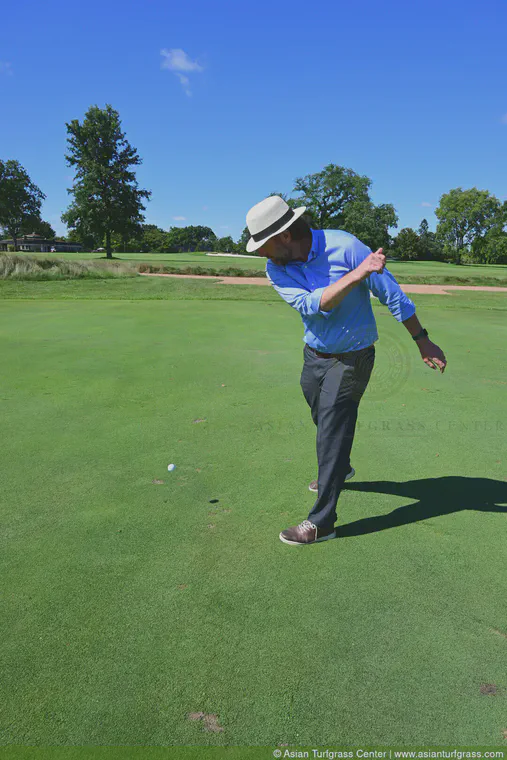
Dan gave me a golf ball and let me duplicate the famous ball bounce study on fairways experiment.
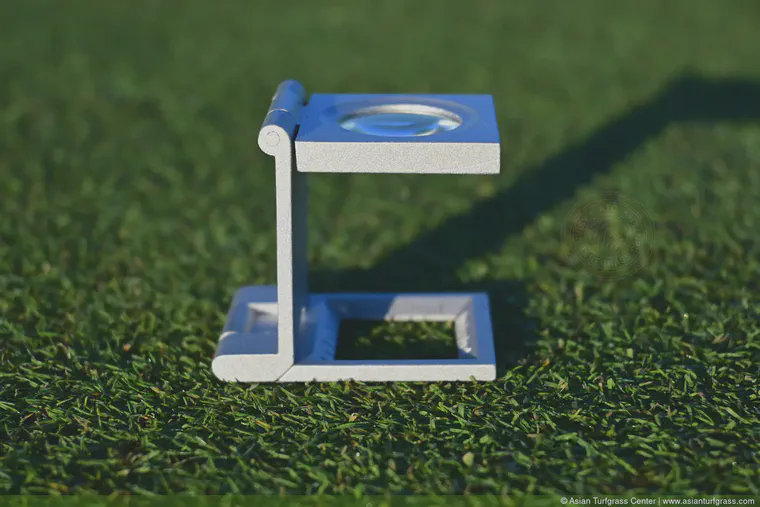
When I visited Taiheiyo Gotemba, the greenkeeper Mr. Asahi showed me his loupe and suggested where I could buy one. I got one at Yodobashi Camera in Yokohama before leaving for the USA, and made good use of it in the second half of the year taking photos at 7x magnification of putting greens and various grasses around the world.
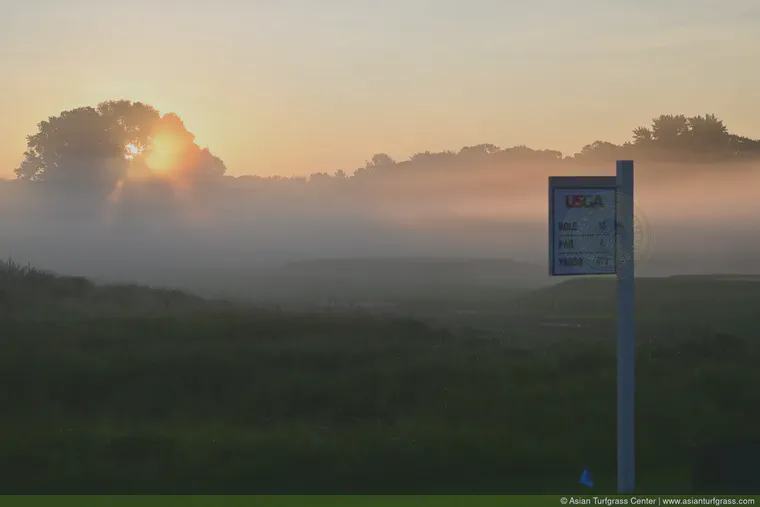
My work often puts me on golf courses for sunrises and sunsets. This was a good one.
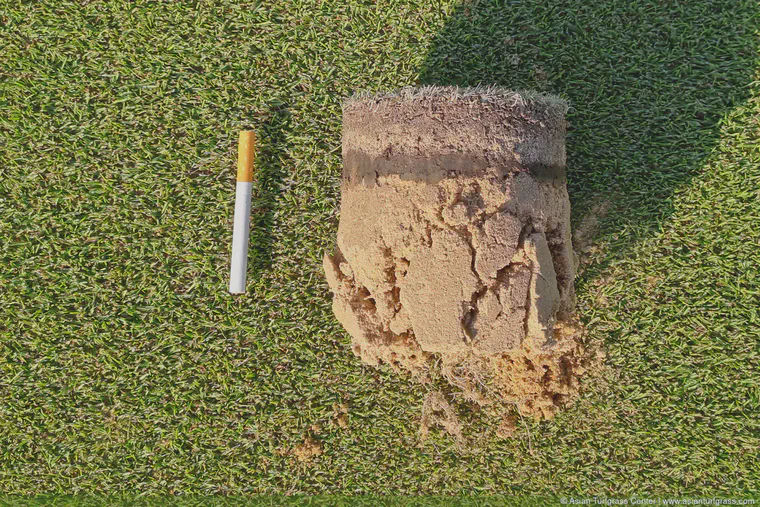
Zoysia sod in Japan is usually grown in soil. The sod, when planted into a sand rootzone, can leave this type of prominent layer. But in many cases, the soil layer does not cause a problem with water infiltration, or with rooting, or with surface performance in general.
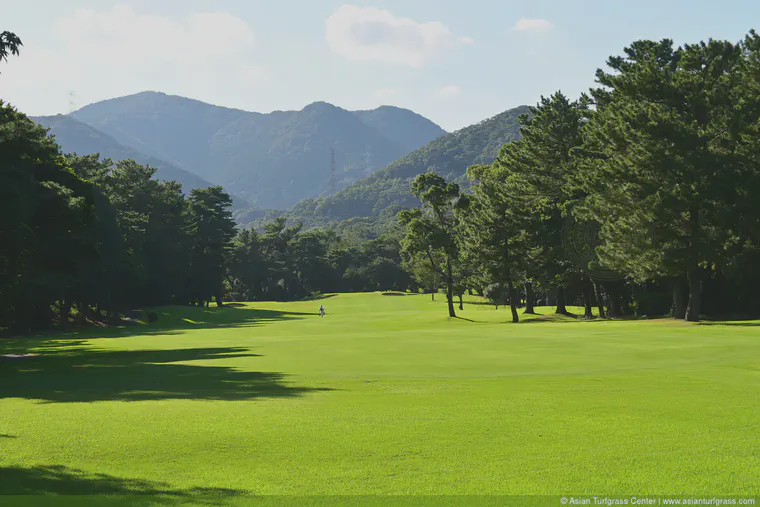
I visited Moji GC in October. I first went to this course in late winter of 2007, when the grass was dormant. I really like how the green on this hole sits into the pines, and how the green surface is elevated above the bunkers. I wanted to duplicate a photo I took in 2007, of this same hole with dormant turf, and when I shot this one I only realized later that there was a lone golfer walking down the fairway.